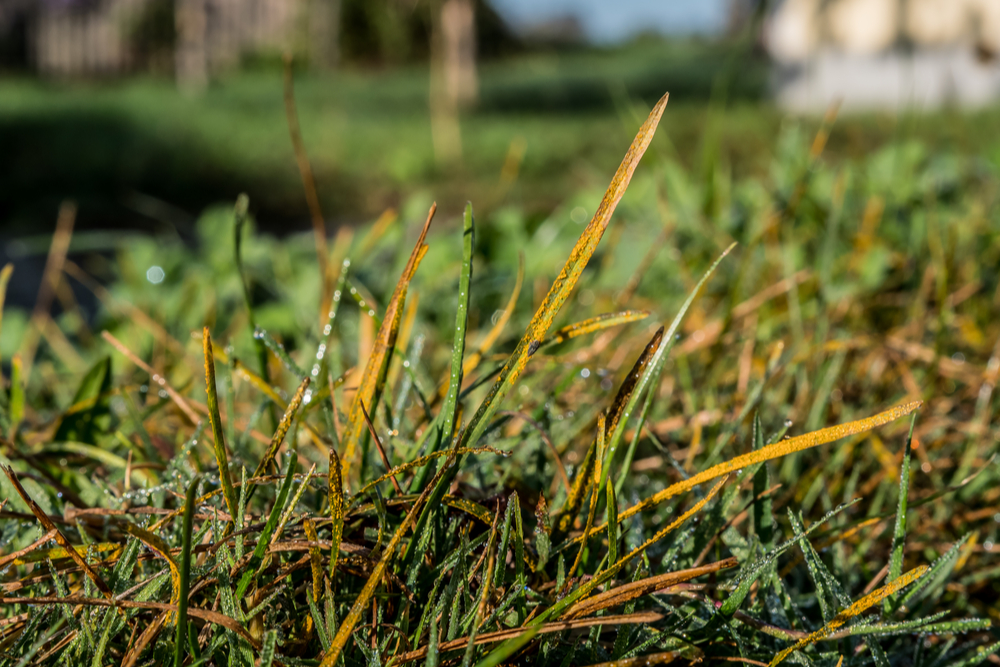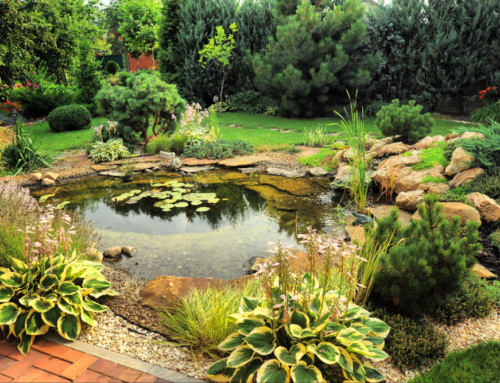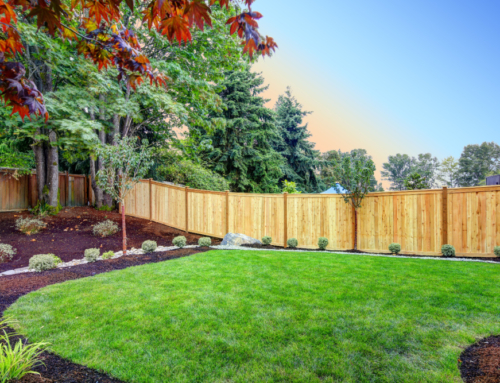Rust lawn disease is a common fungal disease that affects many turf-grass species. This typically happens in late summer, early fall, and during periods of dry weather.
The disease causes the blades of grass to change color from green to orange-yellow, making them appear like they are coated with rust.
Read on to learn how rust lawn disease develops and how you can control it.
What Causes Rust Lawn Disease?
Rust lawn disease affects turf grasses that are not growing normally due to dry weather and poor soil fertility. The condition is also common during the rainy season when lawns are waterlogged. It can also occur when cloudy, warm, and humid weather is followed by hot and sunny weather.
While most grass species can be affected by rust lawn disease, some varieties are more prone to it than others. It is prevalent in grass species such as Kentucky bluegrass, Perennial ryegrass, Tall Fescue, and Zoysia grass.
How To Identify Rust Lawn Disease
Rust lawn disease usually starts as small yellow flakes on individual grass blades. As the disease progresses, the flakes grow larger and eventually rupture on the surface of the blades, spilling yellow-orange powdery spores all over the turf. In severely infected areas, the turf may also begin to thin out.
How To Prevent Rust On Your Lawn
You can do several things to prevent the proliferation of rust lawn disease on your turf. These include:
Proper Mowing
Adhering to good mowing practices can help protect your turf against rust lawn disease. Ideally, you should mow your lawn when it is dry since that’s when the grass is upright and less likely to clump together.
Cutting your lawn when the grass is dry also prevents the clippings from clogging your mower. It is also advisable to set your mower high when cutting grass to avoid damaging the roots of your grass.
Watering
Maintaining the right level of moisture in your lawn is crucial for preventing rust outbreaks.
Too little or too much moisture can be detrimental to your lawn, so you need to strike a good balance.
Generally, watering your turf in the morning is recommended since it keeps the grass hydrated while preventing prolonged wetness as the water evaporates during the day.
Fertilizer Application
Applying nitrogen-rich fertilizers stimulates the growth of roots and allows your lawn to recover following a rust infection. But, again, moderation is key when fertilizing your soil since too much of it can scorch your grass and disrupt water uptake by the roots.
A Final Word
Keeping your lawn disease-free not only allows your grass to thrive but ultimately reduces the cost of maintenance. Therefore, if you have noticed early signs of rust on your turf, you need to act fast to prevent the disease from spreading throughout your lawn and causing irreversible damage.
Contact us today to have our lawn care professionals devise a plan to combat rust lawn disease effectively.






